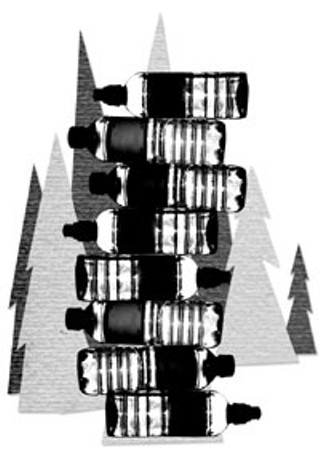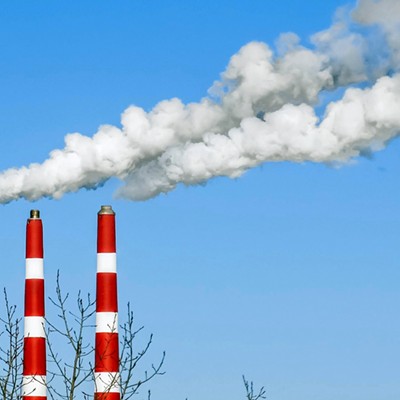On any given day several hundred people use Point Pleasant Park, and most of them are carrying a plastic bottle of water. That’s because there isn’t a working drinking fountain in the park. An ancient fountain sits near Black Rock Beach, but it’s been capped off so long it’s more rust than metal. Nowadays, it’s fend-for-yourself, water-wise.
It’s the same in nearly every public space I’ve surveyed, including the Halifax Common, the waterfront, downtown, Shubie Park and dozens of area playing fields.
No one I talked to this week knew how many drinking fountains there are in Halifax, but I could find exactly one: the fountain next to the duck pond in the Public Gardens. Its simple elegance suggests it’s a throwback to an earlier age and has somehow survived the neglect of public officials, who seem to shrug off the recent disappearance of fountains.
“It’s probably because of the upkeep,” says Art Sampson, the city’s point man for the Point Pleasant Park rebuilding project. “There used to be a fountain next to the pool in the Common, but it was damaged so often they just took it out. We’d fix it, then three weeks later it was broken off again.”
Sampson thinks the new plan for Point Pleasant will include drinking fountains, but the plan won’t be finalized until April, and officials at Ekistics, the Dartmouth firm that won the design contest for the rebuilding, didn’t return repeated phone calls for comment. But even if the project ultimately includes fountains, it doesn’t address the problem elsewhere in the city.
Vandalism and the other fountain maintenance problems have always been with us, and yet governments used to consider fountains part of their fundamental business. What has changed is the wide popularity of plastic water bottles, which in the collective bureaucratic mind now makes drinking fountains too bothersome, too expensive.
It’s a myopic view. Consider the expense to the environment. Nova Scotians buy 100 million redeemable plastic bottles each year, says Jim Bauld, who manages Halifax’s recycling program. Nobody collects figures just for the city, but a good guess is that Haligonians use about 10 million plastic water bottles annually. Placed end to end, they’d stretch from here to Toronto.
Our demand contributes to the 1.5 million tons of plastic, a petroleum product, the bottled water industry uses each year.
And yes, plastic water bottles are recyclable, but 15 percent of them—1.5 million annually from Halifax—never make it into the recycling stream, says Bauld. Some go to the dump, the rest litter our countryside.
Bauld says the bottles that do get recycled are sent to Amherst to be ground up, then shipped to North Carolina where they are used to manufacture carpeting. That’s better than being dumped, but the new product gives the petroleum-based carpet industry a price advantage over less environmentally destructive floor coverings.
There’s a belief that bottled water is safer than what comes out of our taps, but that’s widely disputed. The industry is under-regulated, says the US-based Natural Resources Defense Council, which found contaminants in one-third of the bottled water brands it tested. And don’t forget to add the thousands of pollution-spewing trucks needed to distribute bottled water to the equation.
I also wonder what the abandonment of the public drinking fountain says about our social environment. When we don’t plan for, build or maintain drinking fountains, what are we telling those citizens who can’t plop down a toonie for a bottle of water every time they go to the park? But this seems to be an outdated concern. Nowadays, a drinking fountain gets vandalized or breaks, and it’s simply “taken out.” A park gets rebuilt, and no one really addresses the need for fountains. The people who manage our public spaces evidently assume that everyone can and should bring their own bottled water—it’s one less hassle for the bureaucrats.
Is this really a step forward?
Send your sustainable city ideas, large or small, to: [email protected]












